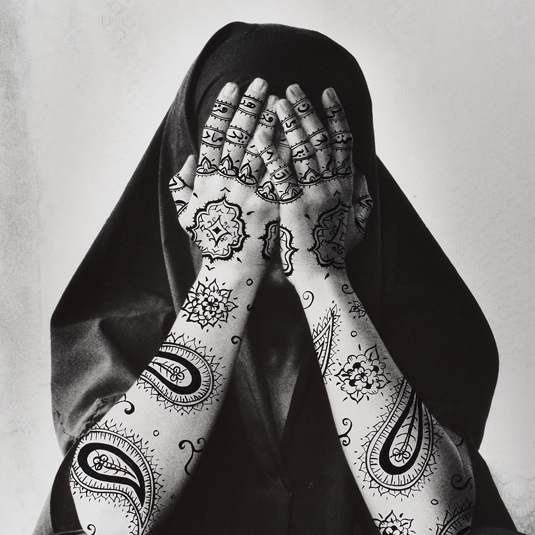 |
| Image by Shirin Neshat to probe the central themes of religion, violence, madness and gender.t |
Patriarchy is a phenomenon that has existed in the world for a long time. Women have constantly been taught that they are inferior to men over the decades. This trend is not yet to end even with civilization. The world still witnesses the battering of women by their male partners and not a lot of effort is put into changing that fact. In the past, women were taught to submit. When people learned how to read and write, in the past, only men would be taught the skill. Patriarchy has been vastly taught even in religion and the political field. For starters, God happens to be male, thus the need for all religious leaders to be male. In the political arena, males were believed to make better judgments, thus they are better leaders than women. For this reason, there is barely ever a female president today. This paper will look at patriarchy in depth and the consequences of its existence on the society today.
John Berger describes the male gaze as the visual perception of either gender to the society. When a man is presented to the public, he is meant to communicate power. His presence should show that he is a man through his physical attributes, his moral standing, the sexual drive, his temperament, and his socio-economic status. All these factors contribute to the notion that a man can only do something for or to another person. They are angled towards exercising power irrespective of its magnitude (Berger 45). Women, on the other hand, are subject to visual judgment. A woman has to ensure that she has the right attitude, that she has good language, and that she should dress in a particular way. These among other qualities make a woman subject to a man. This fact explains why there are notions on how a wife should behave. A woman is born into a limited space within which things are supposed to be done to and for them. For this reason, a woman has to ensure that she carries herself with dignity so that once she is subjected to judgment, it is positive feedback from the opposite gender.
Bell Hooks also talks about patriarchy and the extent to which it has corrupted the society. Patriarchy is a social poison. It is a notion that is not yet to end anytime soon. The problem with the society is that men barely recognize the existence of patriarchy themselves. They only realize the extent to which it has corrupted the society once it is put into comparison with feminism. Once a boy and a girl are born, they are taught how to participate in roles that emphasize on their gender. These gender roles are what create a gap between the woman and the man in society. Inherently, the boy is taught how to be tough and how to exercise power over others. For this reason, a boy is constantly taught to dominate over others. Dominance has always been the measure of masculinity and what it means to be a man. A woman, on the other hand, is taught submission. She is taught how to take care of a man. She is taught how to be soft and charming. This fact makes the girl grow as a minority (Hooks 17). The girl grows up knowing that in essence, she has to play the role of a mother and a wife to someone. If this does not happen, the society shuns her for not being the woman she is expected to be. Further, these doctrines are solidified through political and religious statements. In politics, women are never worthy opponents, especially in high stake positions. The society has been taught that men make better leaders. Religion, on the other hand, teaches women to submit to their husbands so that there is some form of peace between families. This fact contributes to women being objectified. This phenomenon is not yet to end. Women are using feminism as a tool, but it is not strong enough to break notions that even women believe.
The claims by these two authors can be justified by Fauzia Azeem’s honor Killing by her own brother. She was a social media celebrity in Pakistan who was discovered through her prowess in singing. She later gained social media fame, thus the need to satisfy her social media fans. With time, her name was no longer household, but international. The problem with her newfound fame is that it went against the teachings of being a Muslim woman. Her brother claims that he felt he had the option of either killing himself or his sister so that he would no longer feel the shame that comes that his sister brought to his religion and to his family. This case is a vivid show of patriarchy. There is a brother that is driven by the need to be the man that protects the name of his family and the man that ensures that his family is in line with religion. His sister’s failure to conform to norms is treated as an abomination that later leads to her death. Were it a male social media celebrity, the issue would have been handled differently.
Works Cited
Berger, John. Ways of seeing. Vol. 1. Penguin uK, 2008.
Hooks, Bell. Teaching to transgress. Routledge, 2014.
No comments:
Post a Comment